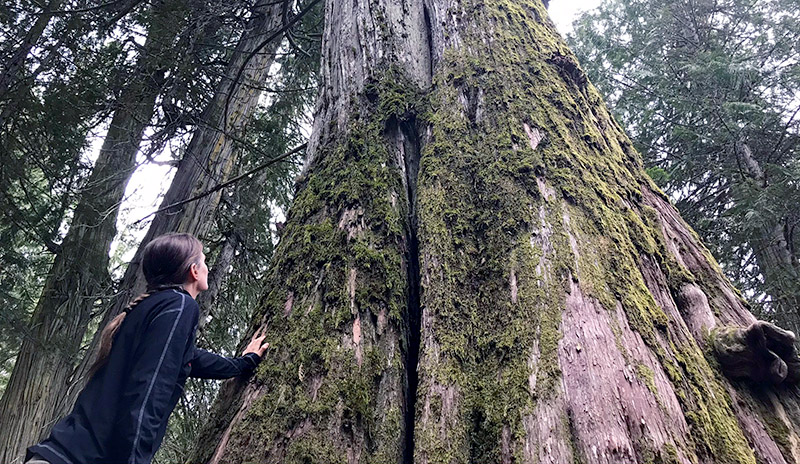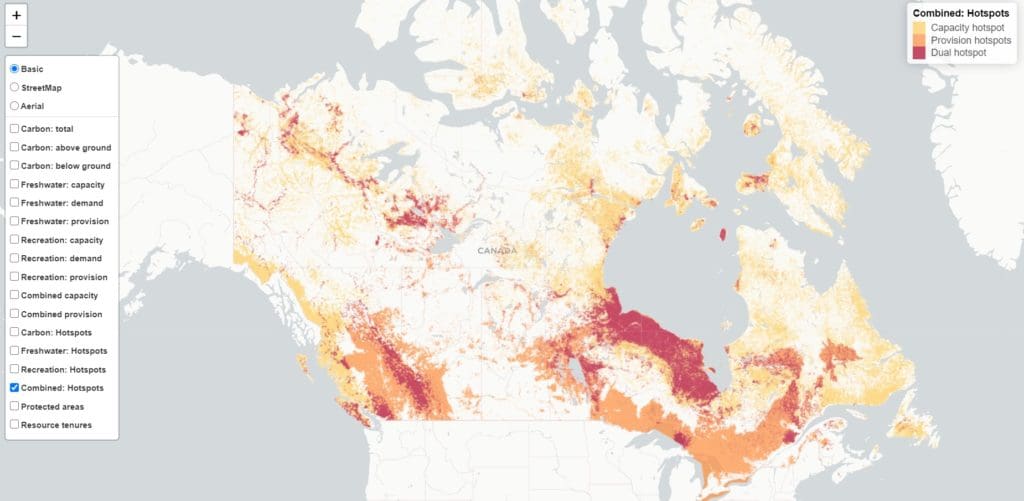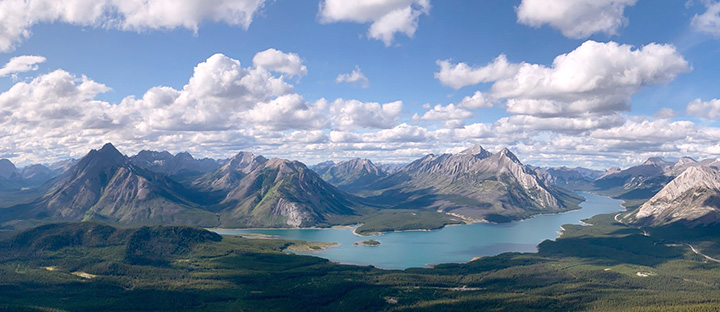First-of-its-kind research maps Canada’s most important spots for freshwater, recreation and carbon storage, providing an important tool for conservation decisions
Our daily lives rely on nature and the ecosystems around us. Drinking water, crop pollination, fresh air, flood prevention, and human mental and physical well-being are all benefits that people get from nature.
Newly released research from Yellowstone to Yukon Conservation Initiative (Y2Y), Wildlife Conservation Society Canada, Universities of British Columbia, Carleton and McGill, maps out Canadian hotspots for these benefits. It shows that some of the most critical areas where people benefit from nature do not occur within currently protected areas and may be threatened by current and future natural resource extraction.
Given Canada’s commitment to protecting 30 per cent of the country by 2030, research like this is required to help all levels of government design conservation plans that ensure both people and nature thrive.

The researchers mapped three key benefits that people get from nature – crucially and unusually, the methods included both nature’s capacity to supply these benefits as well as human demand for them:
- Climate regulation (i.e., carbon storage);
- Freshwater (e.g., for drinking, irrigation, hydroelectricity);
- Nature-based outdoor recreation.
They also evaluated where multiple benefits occur as well as the degree to which Canada’s current protected areas and natural resource extraction overlap with these hotspots.
Just 0.6 per cent of the country (or 56,000 square kilometers) is a hotspot for delivering all three benefits to people.
Canada’s current protected areas tend to cover places with the capacity to provide benefits rather than those areas that actually deliver these benefits to people. What’s more, one-half to two-thirds of the identified hotspots overlap with current or planned resource extraction such as logging, mining, or oil and gas.
“Most research that studies the benefits people get from nature only evaluates where nature has the potential to produce these benefits. For example, where rain falls. Because our work also models and maps human access and demand, we identify where people actually receive these benefits from nature. For example, the key locations producing water that people use for drinking, farming, or hydroelectricity,” says Dr. Matthew Mitchell, lead author.
“Governments need to know both of these things in order to take action that protects human well-being. Research like this can help society do that.”

This paper highlights multiple places across Canada as important for one or more ecosystem service, including the forests of British Columbia and the Hudson Bay lowlands for above- and below-ground carbon; north-central Quebec, the eastern mountains of British Columbia, and the north shore of Lake Superior for freshwater; and the Rocky Mountains, eastern Ontario, and southern Quebec for nature-based recreation.
“Canada is grappling with where and how to protect nature. Just one example of how this research could be used is in western Alberta. Our research shows that the Eastern Slopes of the Rockies is one of the most important places across the whole country for its combination of freshwater, carbon storage, and recreation — not to mention important wildlife habitat. Yet the area is at risk from coal mining and other threats. Governments at all levels need to make smart decisions and use information like this to ensure that people and nature can thrive,” says Dr. Aerin Jacob, co-author.
Additional resources:
A sampling of the media coverage of this research:










